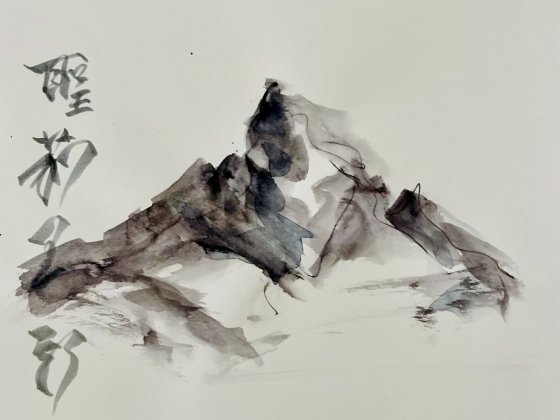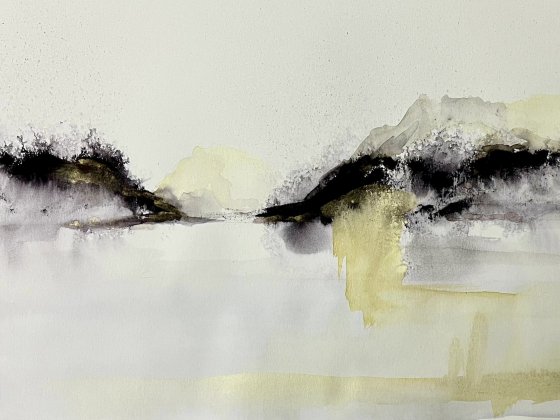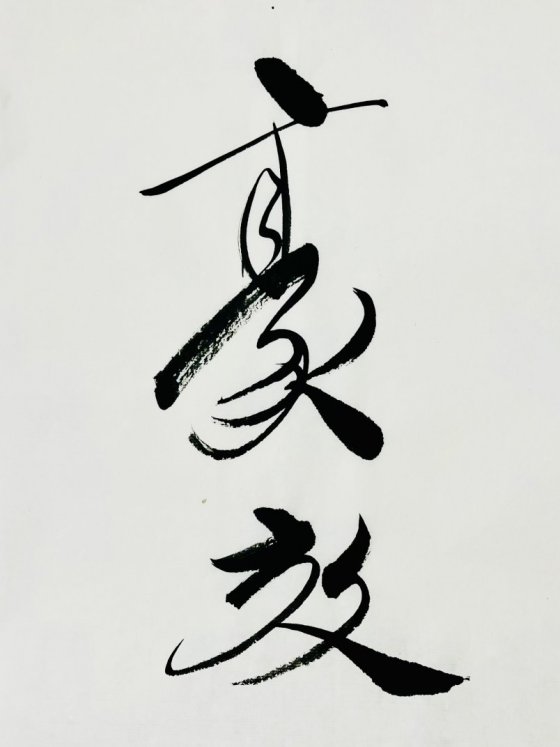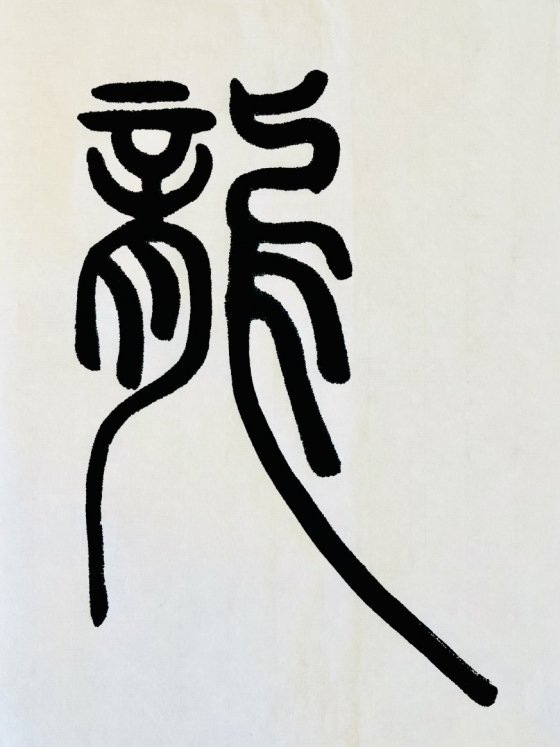Vide et plein
Vide et plein
Dans la peinture traditionnelle chinoise, le vide tient une place très importante. Il peut représenter le ciel, la terre, l’eau, les nuages, etc. Il permet de donner une image dans la peinture mais aussi de projeter le spectateur dans un monde beaucoup plus vaste, infini même, en laissant le terrain libre pour son imagination. La contemplation prend appui sur la partie «pleine» de la peinture comme un tremplin pour se propulser dans l’absolu à travers la partie «vide». Les poèmes chinois se fondent sur le même principe.
Peinture Xie yi - 写意
Painting "xieyi" in Indian ink gives free rein to the imagination of the artist,
it will suggest an idea, an emotion or a feeling to whoever is going to observe it.
This painting is done freehand with bold and spontaneous strokes that cannot be corrected.
The Chinese language is poetic and making sense of two characters can be complex and very subtle.
xie means to write and yi can mean meaning, idea, wish, intention, desire, thought and feeling.
Painting from nature is not copying the object; it is realizing one's sensations
Paul Cézanne




